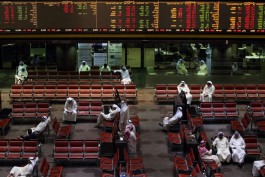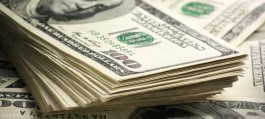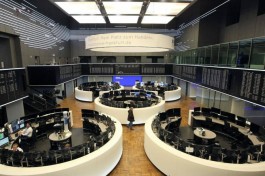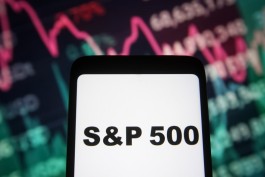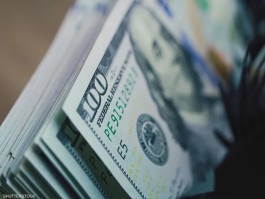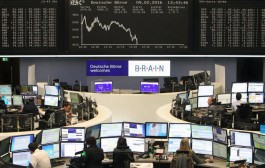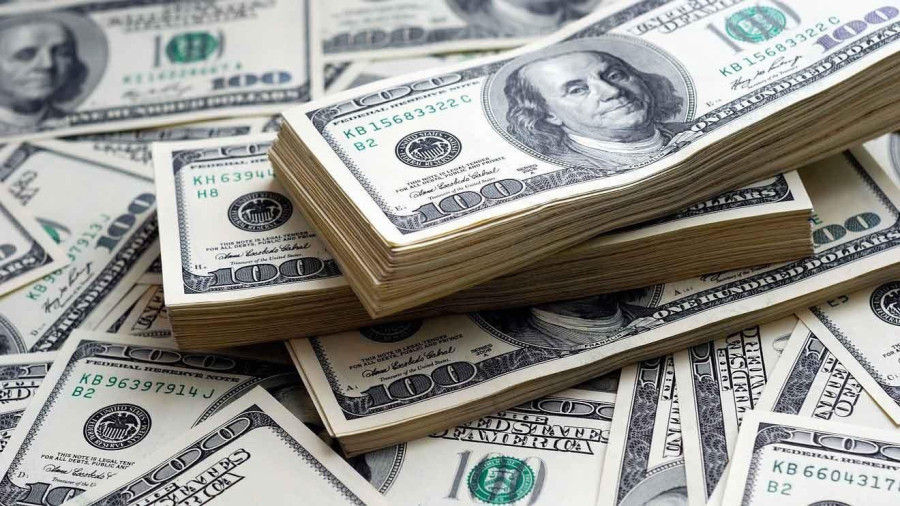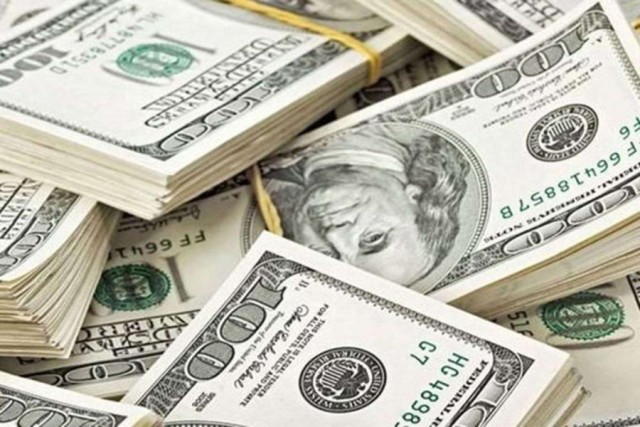The US dollar hit a one-week high on Tuesday, after weak global economic data, especially from China, reignited global recession fears and pressured risk-friendly currencies such as the Australian dollar.
According to Arab Net, the dollar index, which measures the greenback against six major peers, recorded 106.81 in early European trading, reclaiming all of last week's losses when less-than-expected US inflation data drove investors out of the dollar and back to risk. The index was last up 0.12% at 106.6.
Sim Mo Seong, currency analyst at Bank of Singapore, said the growth picture in the US remains sound, but the overall global picture remains fragile given concerns about China, and this has dampened risk sentiment and hurt the Australian dollar and some emerging market risk currencies. .
On Monday, China's central bank unexpectedly cut its key interest rate, in an attempt to revive demand for credit to support the economy hit by the coronavirus after a string of weak economic data for July.
The Australian dollar fell 0.44% to $0.699 on Tuesday, falling again below the symbolic level of $0.7.
The US dollar rose to 6.84146 on the offshore yuan, a level last seen in mid-May. The return to the dollar's safety also hurt the Euro, which fell 0.18% to $1.0142, and the British Pound, which last traded at $1.2026, down 0.23% on the day.
The dollar also rose 0.3% against the safe-haven Japanese yen to 113.7 yen.
The dollar index fell to 104.63 last week for the first time since the end of June, after falling from a two-decade high of 109.29 recorded in mid-July, as markets scaled back bets on continued strong tightening by the Federal Reserve, amid signs of a cooling in the economy and inflation.
But in recent days, many Fed policymakers have spoken of the need for continued interest rate hikes.
















